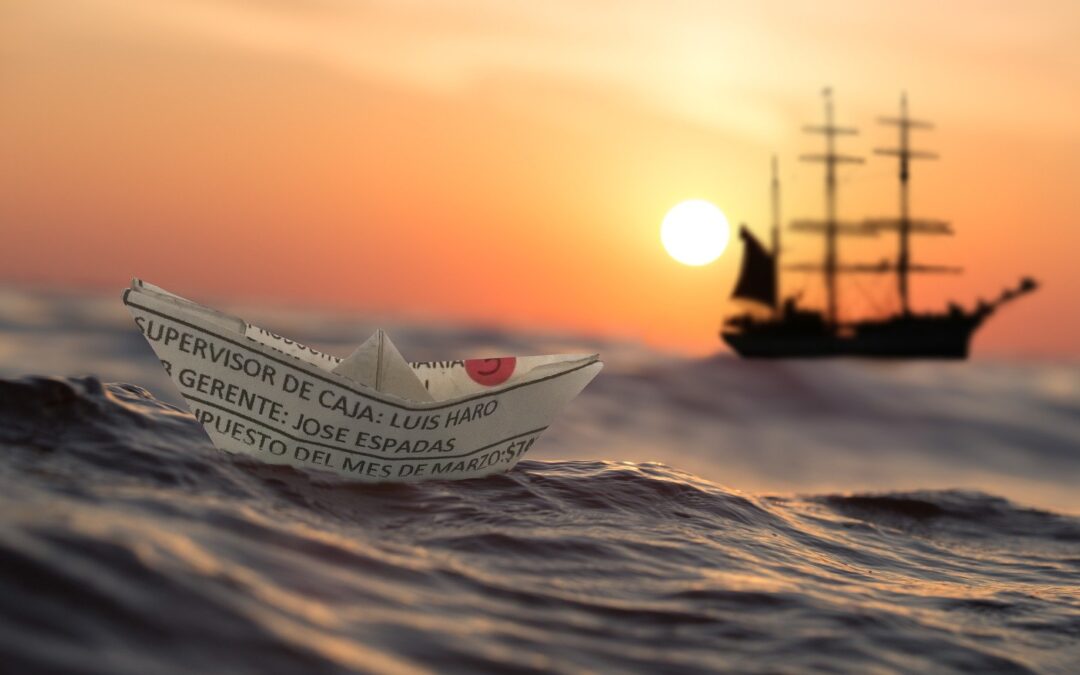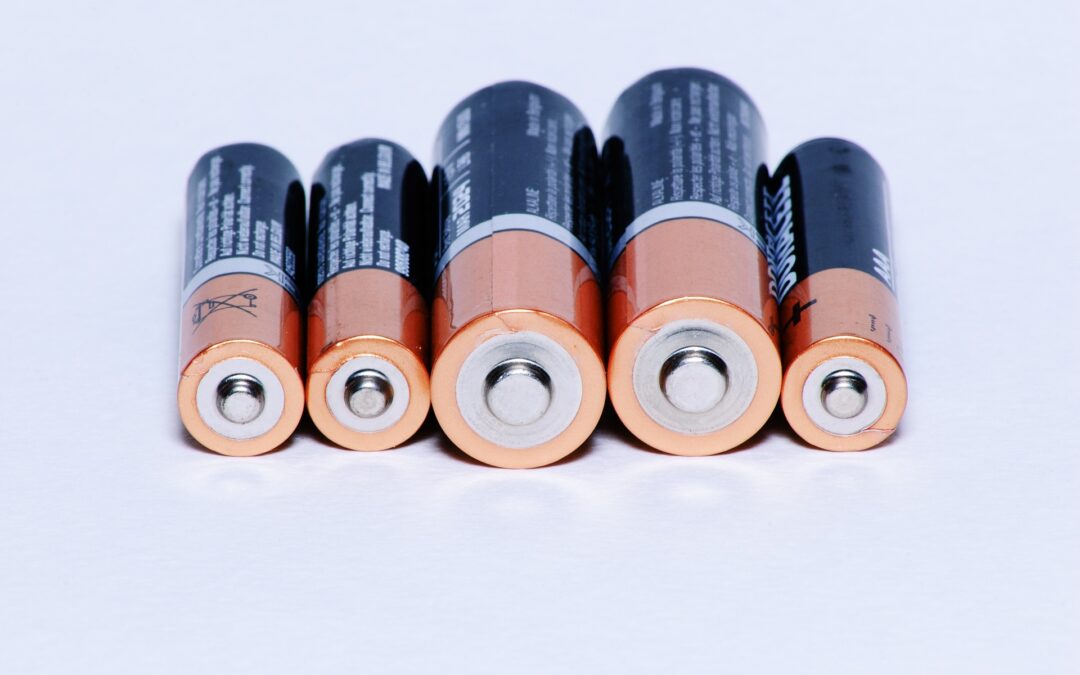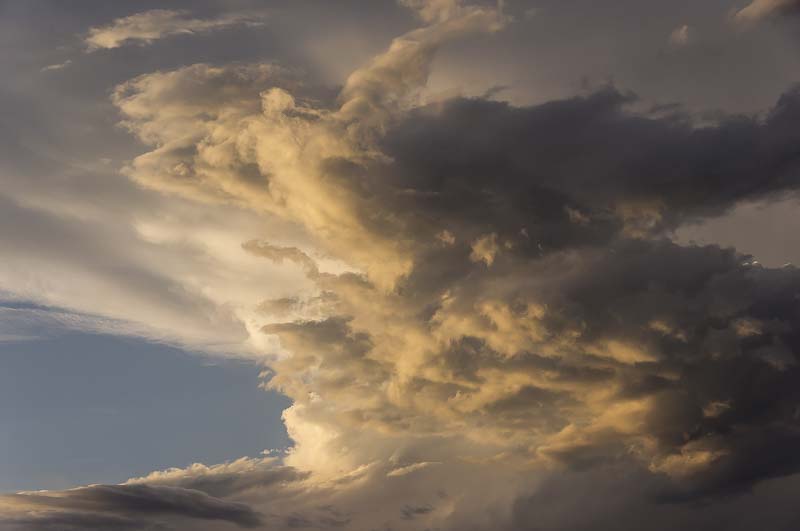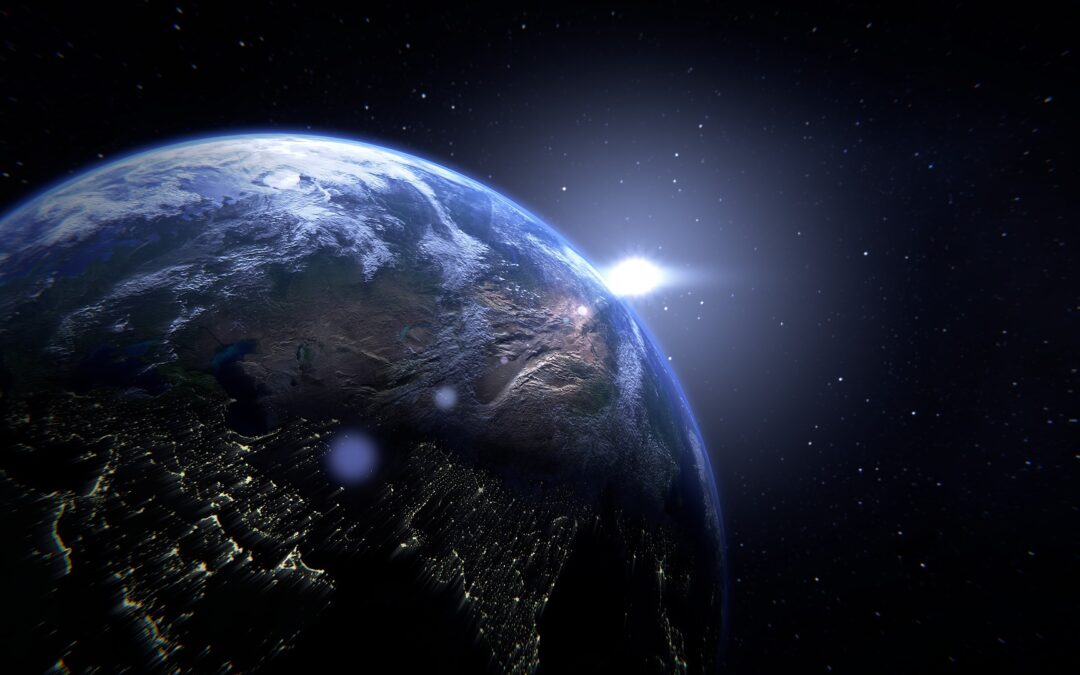In this super-cooled water science project, we’ll show you how you can make “instant” ice by chilling water in the freezer without letting it freeze solid.
What You Need:
- 4-6 unopened bottles of water
- Freezer
- Clear glasses
- Large bowl
What You Do:
1. Clear some space in your freezer and place the bottles of water on their sides, making sure they aren’t touching anything else in the freezer.
2. Close the freezer door and set a timer for 2 hours. After 2 hours, check on the bottles to see if ice has formed inside any. Handle the bottles as carefully as you can, and only pick them up if you can’t easily see inside them.
3. If there aren’t any ice crystals in your bottles, carefully close the freezer and set the timer for 15 more minutes, then check again. Repeat for 15 more minutes if necessary.
4. While you wait for the water to finish cooling, put a few small chunks of ice in a bowl and set out your larger bowl and glasses on the counter.
5. As soon as you notice ice inside any of the bottles, your other bottles are ready, even though they aren’t frozen. Very carefully remove one of the bottles from the freezer and set it on the counter. (Note: Leave the other bottles in the freezer to chill until you’re ready to use them, but don’t leave for too long or they will turn to solid ice! If you take them all out at once, they will begin to warm up slightly and the results of the experiments will not be as impressive.)

6. Set one ice cube in the large bowl and very carefully remove the cap from the chilled bottle of water. Slowly pour the water into the bowl, directly on the ice cube. It should begin to freeze and pile up on top of the ice as soon as it touches it!
7. Now try pouring some of the water into a glass. Does anything happen? What happens to the chilled water if you drop a small chunk of ice into it?
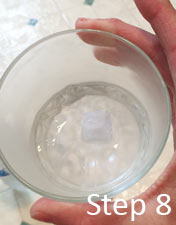
8. Pour some water into another glass and hold an ice cube in the water for a second. What happens? The ice in the glass should freeze around the ice cube, holding it in place!
What Happened:
If water is pure enough and doesn’t contain contaminants, such as dust or tiny pieces of other substances, you can get its temperature to drop below its normal freezing point (32° Fahrenheit/0° Celsius) before it actually begins to freeze! Why? In order to form ice, the water needs a nucleation site – a small spot where the first ice crystal can begin. Once an ice crystal forms, the rest of the water will freeze fairly quickly.
The undisturbed bottles of water you left in the freezer for several hours became super-cooled. That means the temperature of the water was below freezing, but because there wasn’t a nucleation site for ice to form, the water hadn’t frozen yet. Once you opened the bottle and exposed the very cold water to a solid piece of ice, the water froze instantly! The ice cube provided a nucleation site for the first drop of water to freeze, and from there it was sort of like a chain reaction, where more and more water froze on top of it, creating a slushy ice sculpture in your bowl.
What do you think would happen to the pure water in the bottles if you left them in the freezer for longer? Would they eventually freeze solid or stay liquid? Learn more about solids and liquids with this science lesson for kids, and experiment with frozen bubbles!


